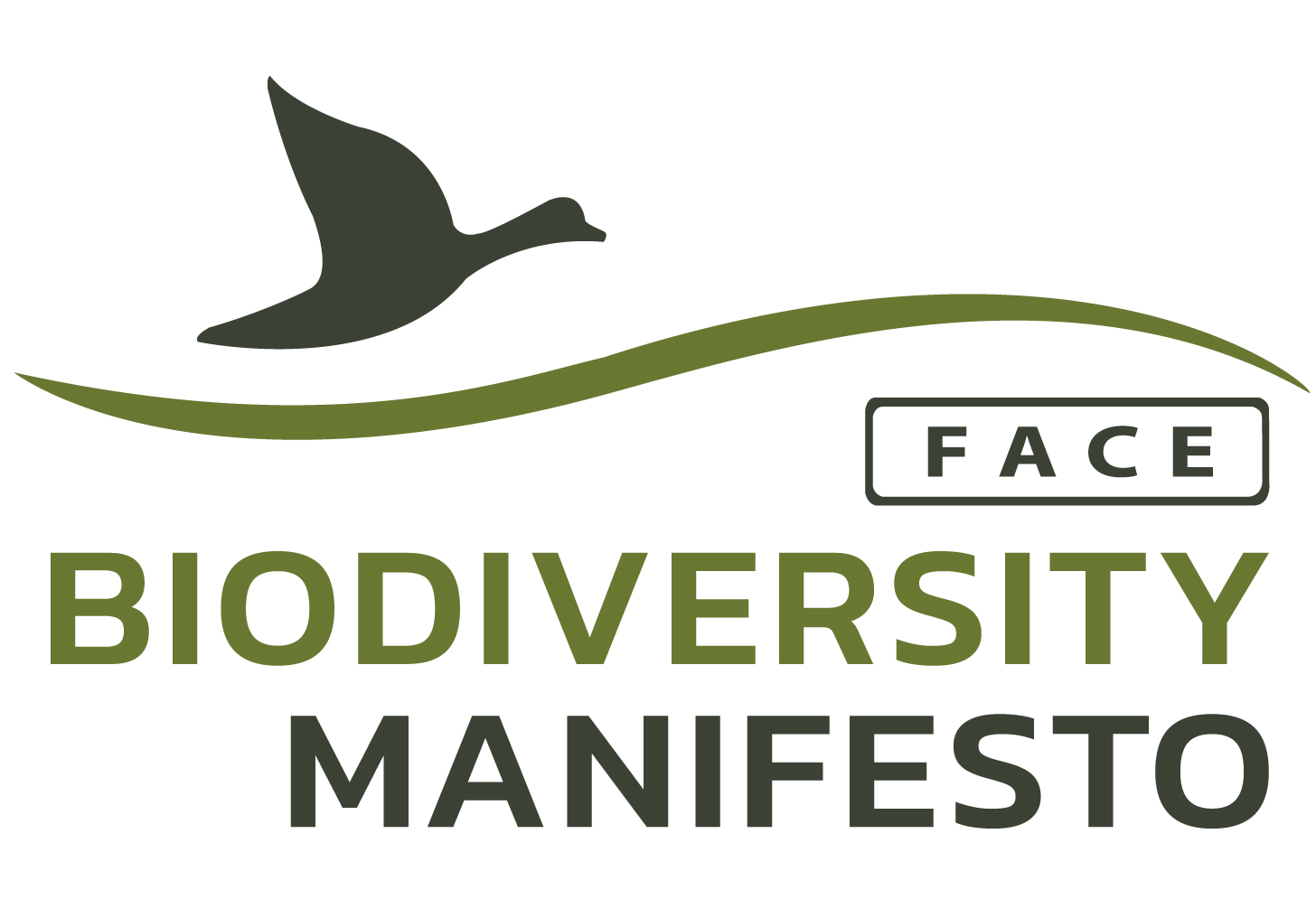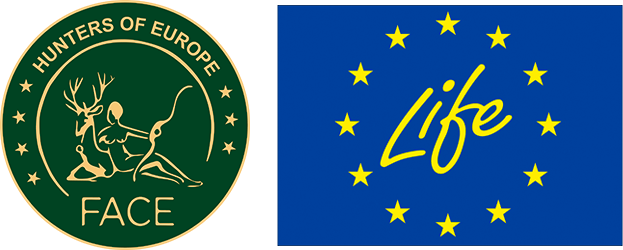Just as Spanish hunters are accustomed to, here is yet another example of their efforts to monitor and understand the trends in their country’s hunting populations. This project brings together hunting organizations and hunters to develop a methodology for monitoring and supporting their species.
This project united hunters, the Artemisan Foundation, and the Madrid Hunting Federation, with financial support from the Community of Madrid’s Government. In 2020, these entities launched the project titled ‘Assessment of the state of game birds in the Community of Madrid and design of a methodology for their long-term monitoring.’
The main objective of the project, as the name suggests, is to understand the population status of game birds in the Madrid region and design a methodology so that hunters can continue this work independently in the future.
For this purpose, the following goals were established:
- Obtain population density indicators for different species of small game, stratified by habitat type.
- Create distribution maps for different species.
- Develop a methodology for the inclusion of hunters in long-term population monitoring.
The methodology employed was based on conducting variable-length linear path surveys by car. In 2020, these surveys were conducted in 40 randomly selected 10x10km UTM grids, differentiated by habitat types. Three survey campaigns were carried out based on target species. For resident birds, the surveys were conducted in February and March, covering 299.23 km. Summer migratory species were surveyed in June, covering a total distance of 320.38 km. For wintering species like thrushes, a different methodology was followed. Surveys were conducted on foot within 500 m in 80 equally randomly selected grids stratified by habitat.
In November and December of 2023 and January of 2021, a total of 40 km were covered. In 2021, the same methodology was followed, conducting 215 surveys and covering a distance of 1228 km.
These surveys allowed us to understand that the most common species in the Community of Madrid are the Rock Pigeon (Columba livia), Wood Pigeon (Columba palumbus), and the Eurasian Magpie (Pica pica). In winter, the Song Thrush (Turdus philomelos) appears quite abundant, mainly in olive groves, while the Mistle Thrush (Turdus viscicorus) shows greater abundance in pine forests, albeit in considerably smaller numbers than the song thrush. Regarding the Red-legged Partridge (Alectoris rufa), it was found to be present throughout the year with higher average densities in agricultural habitats than in other habitats.
Although the surveys were conducted in a small sample of Madrid’s hunting estates, this sample is representative, allowing us to understand population trends through the obtained results. Following the conclusion of this project in 2021, monitoring efforts continued through the Observatório Cinegético, another project from the Artemisan Foundation, which has been extended to include other species.
Source: www.fundacionartemisan.com – PDF


